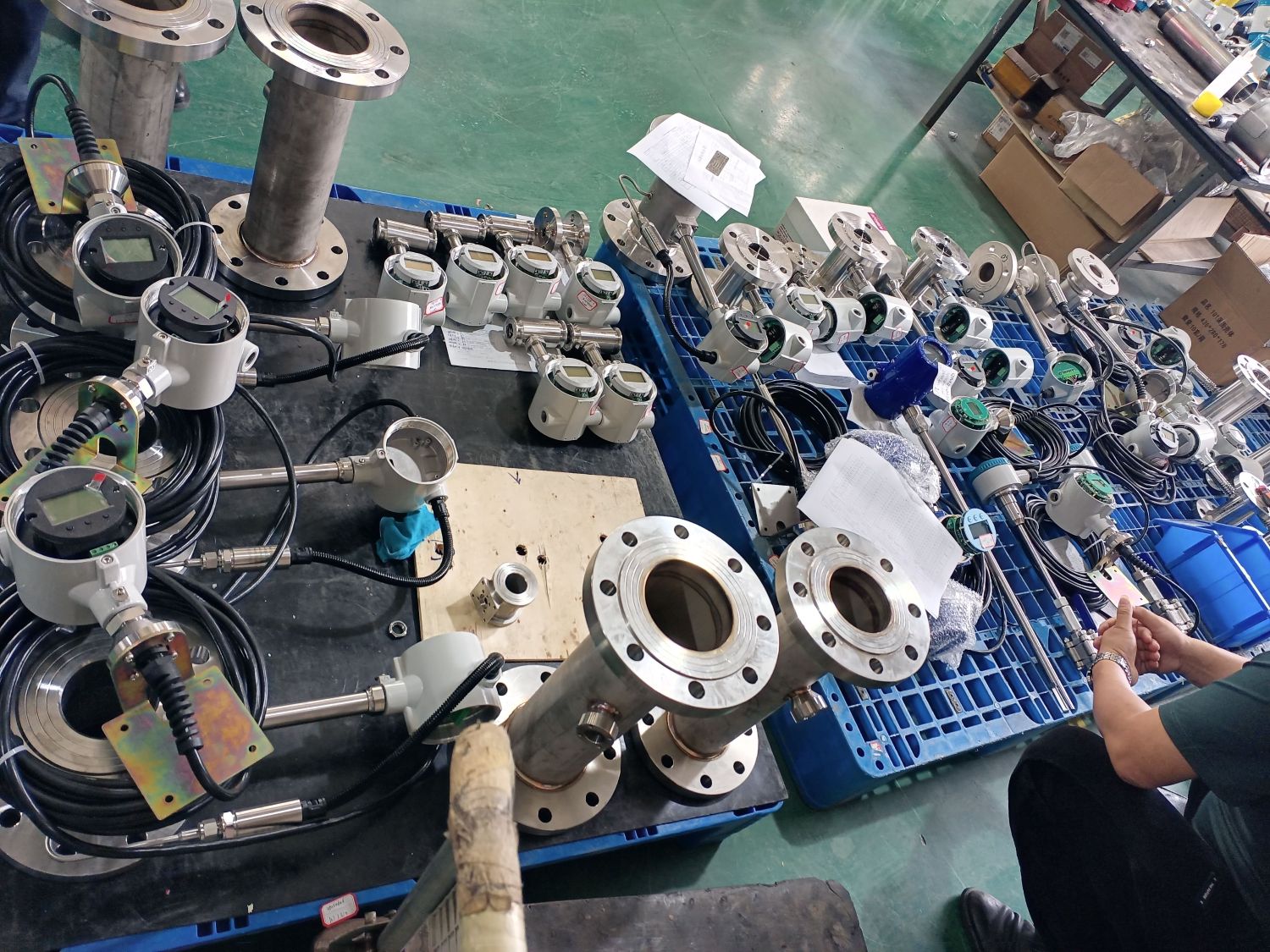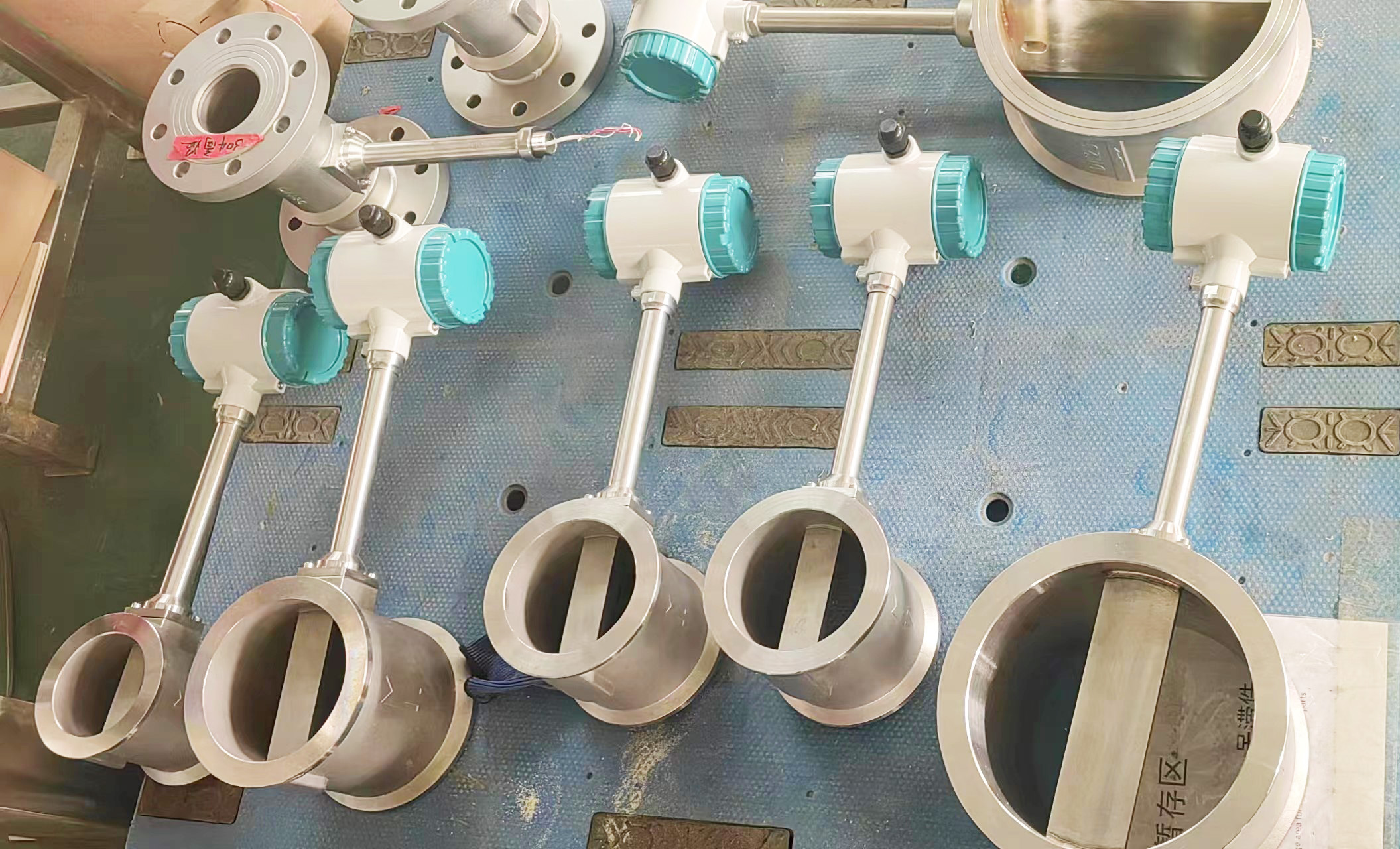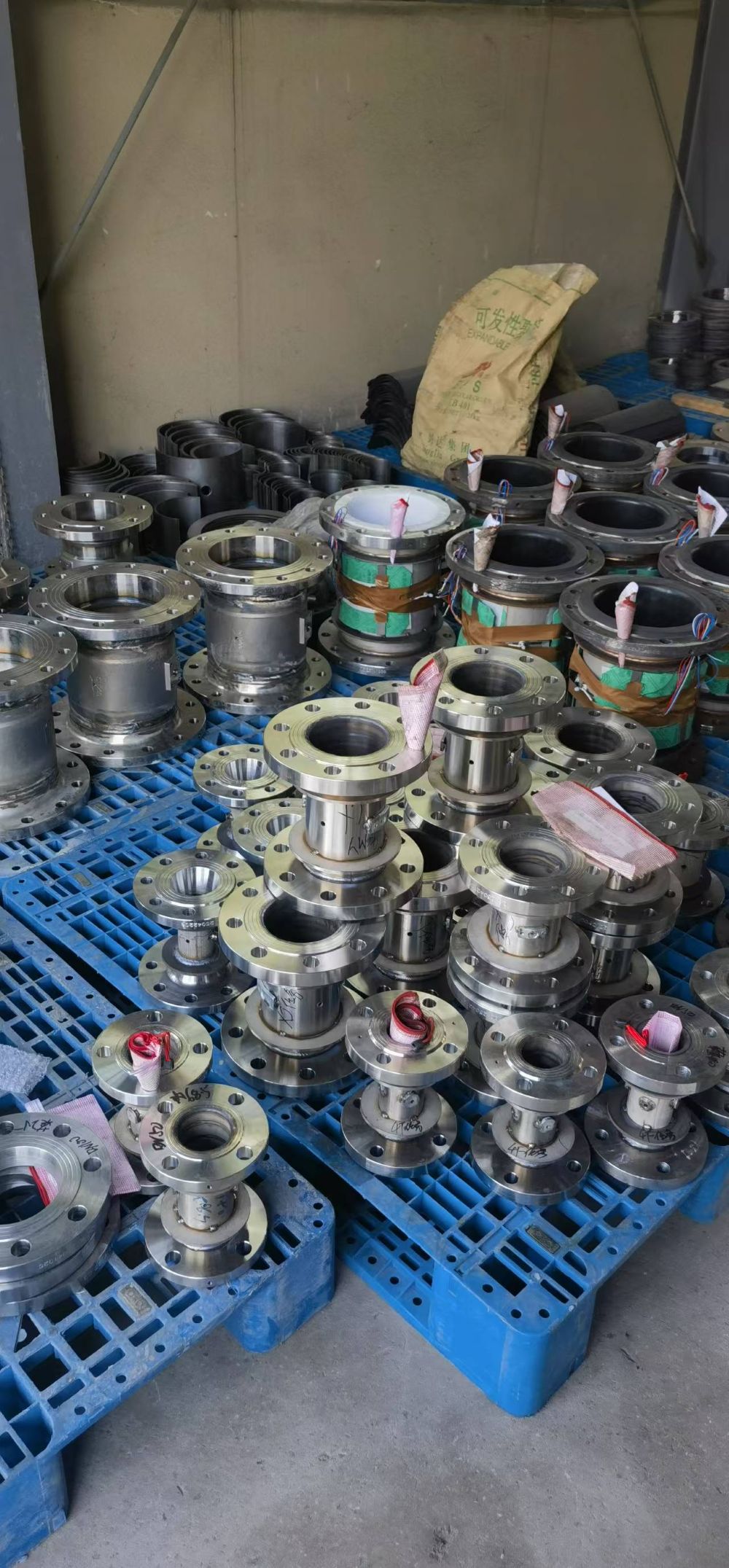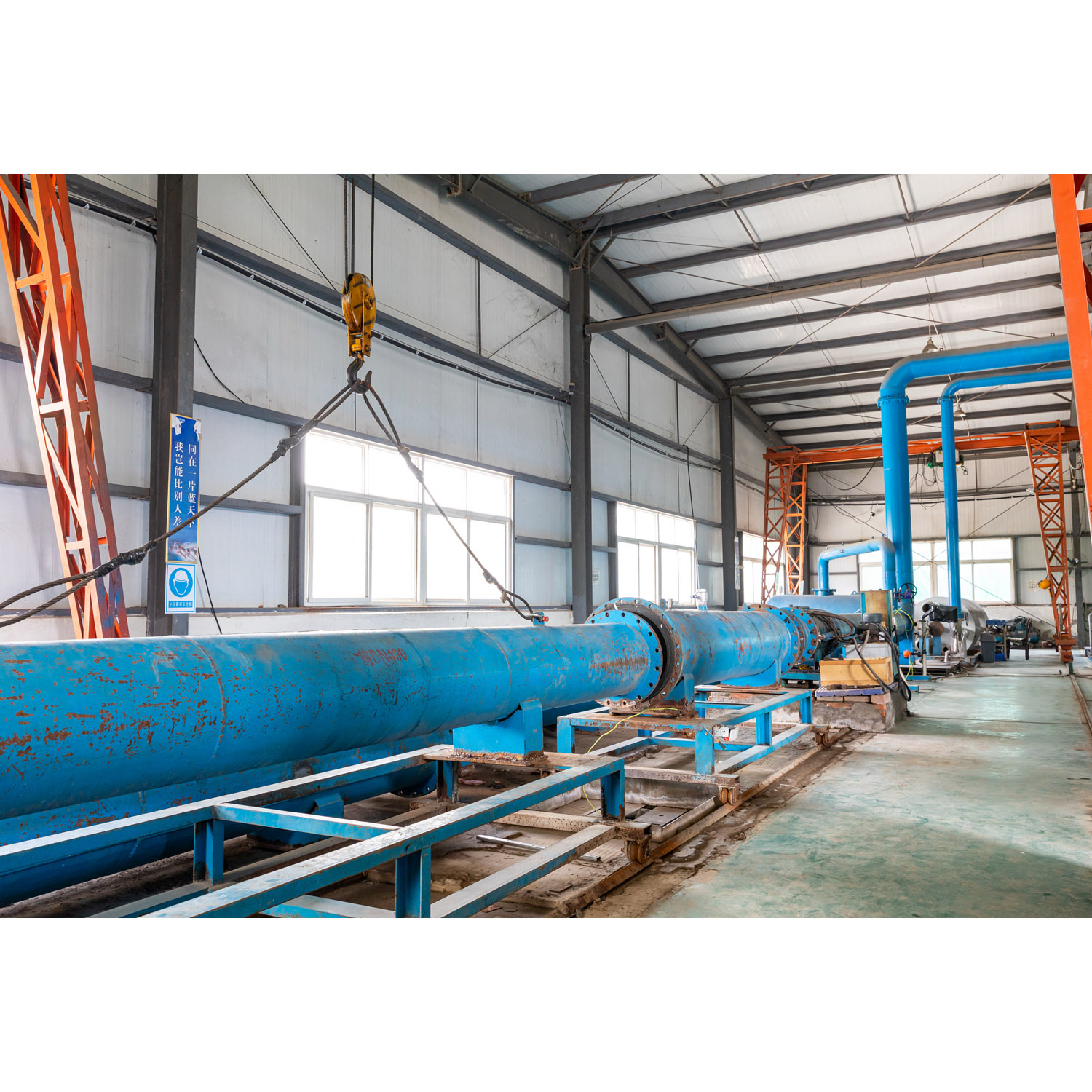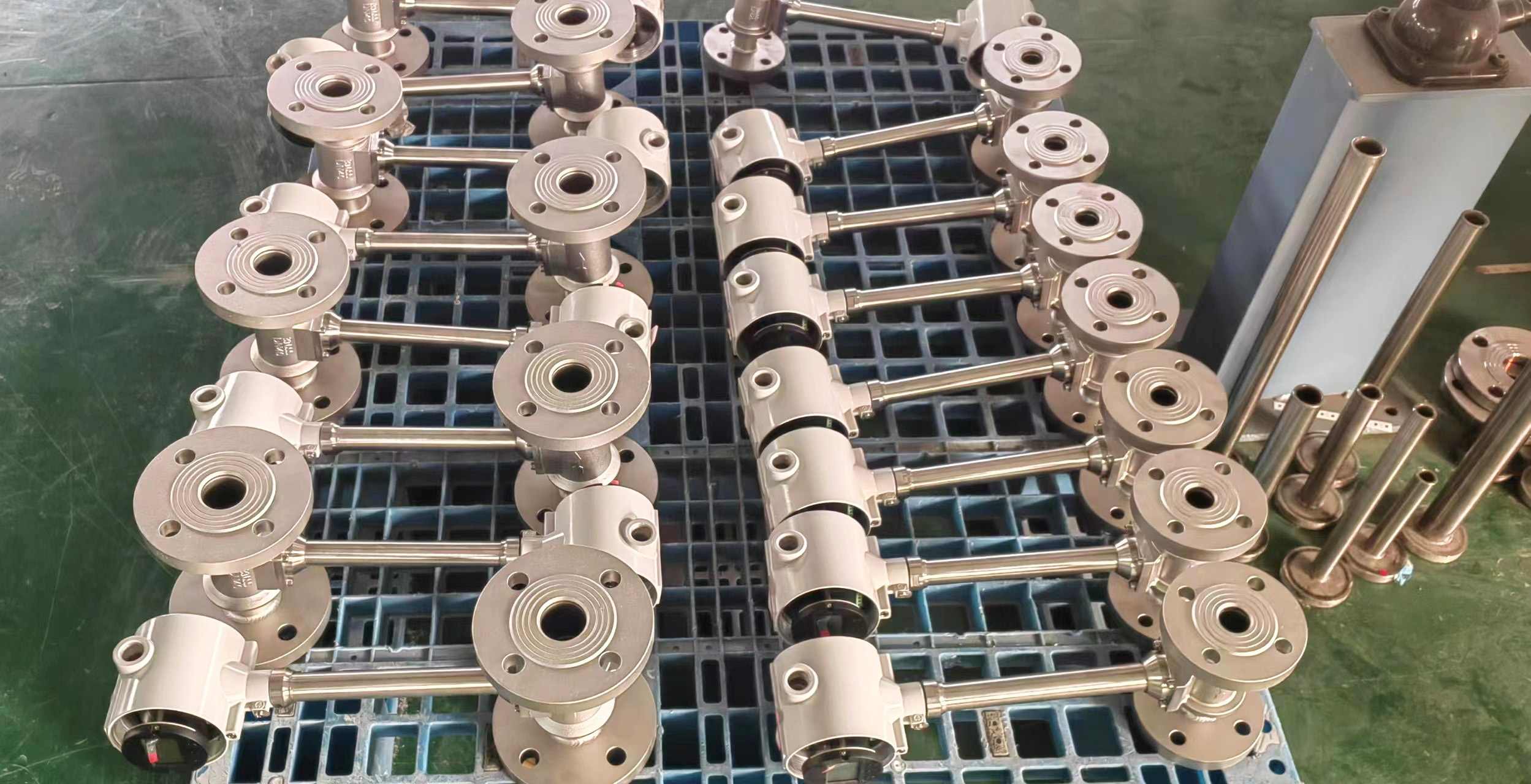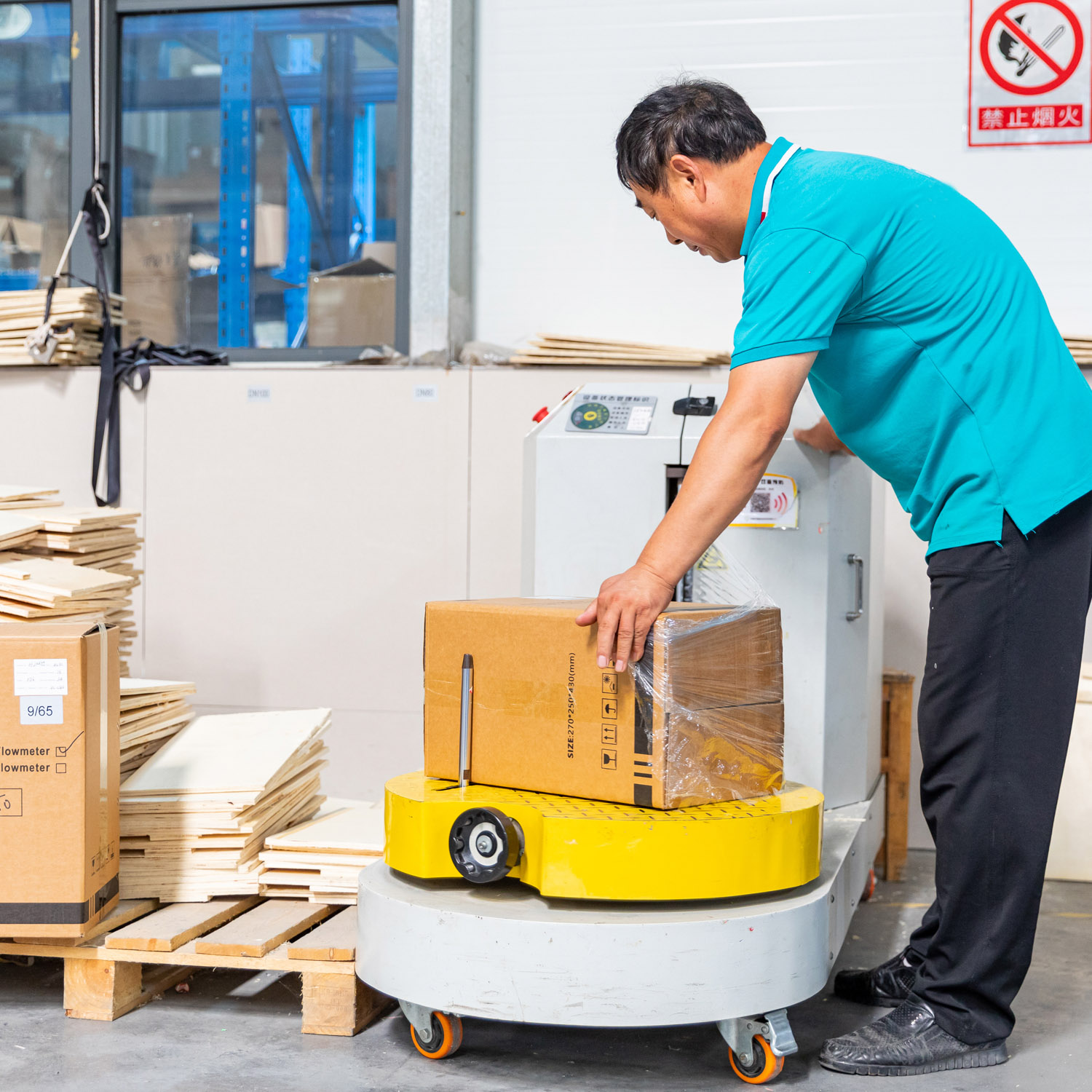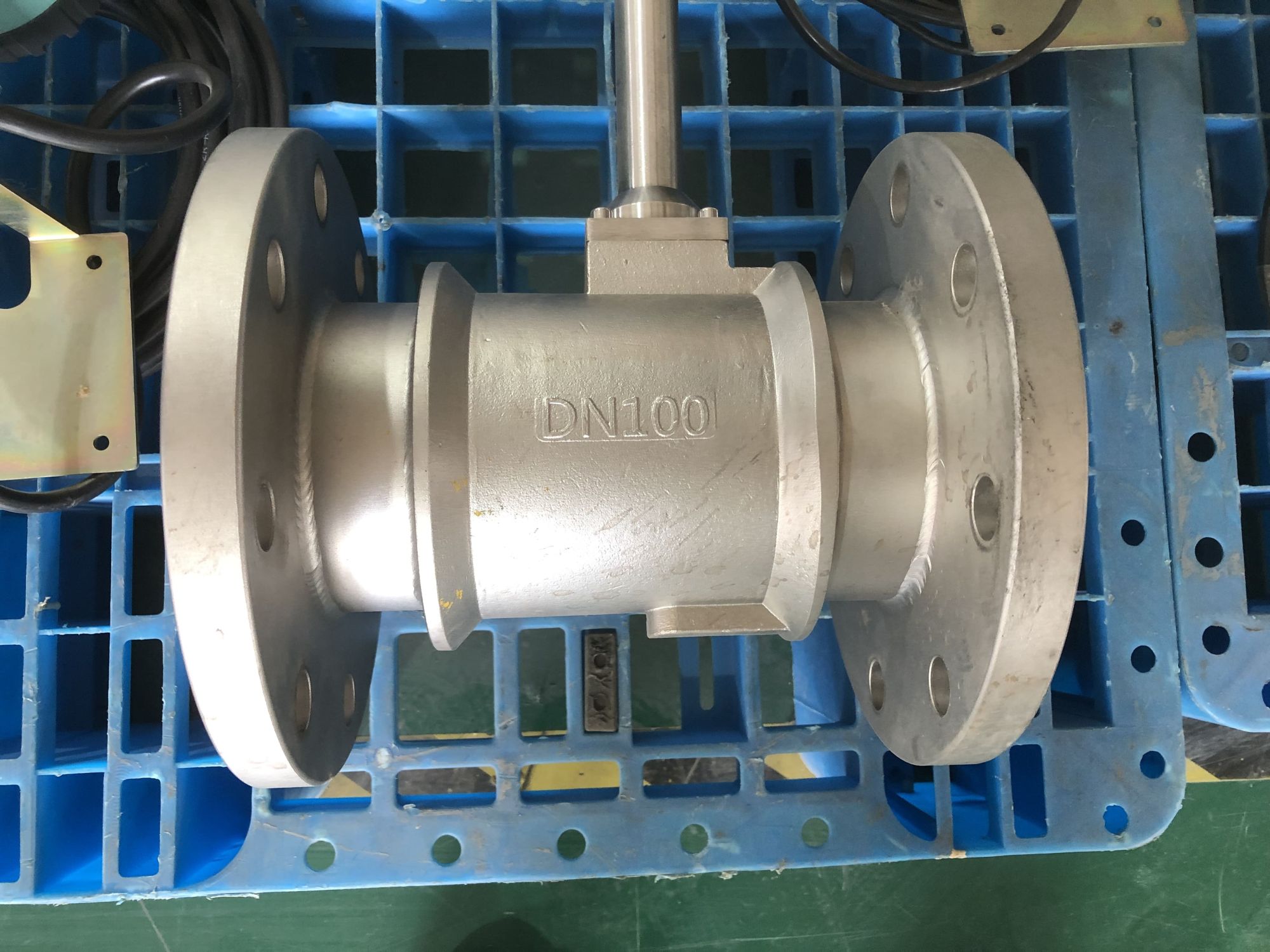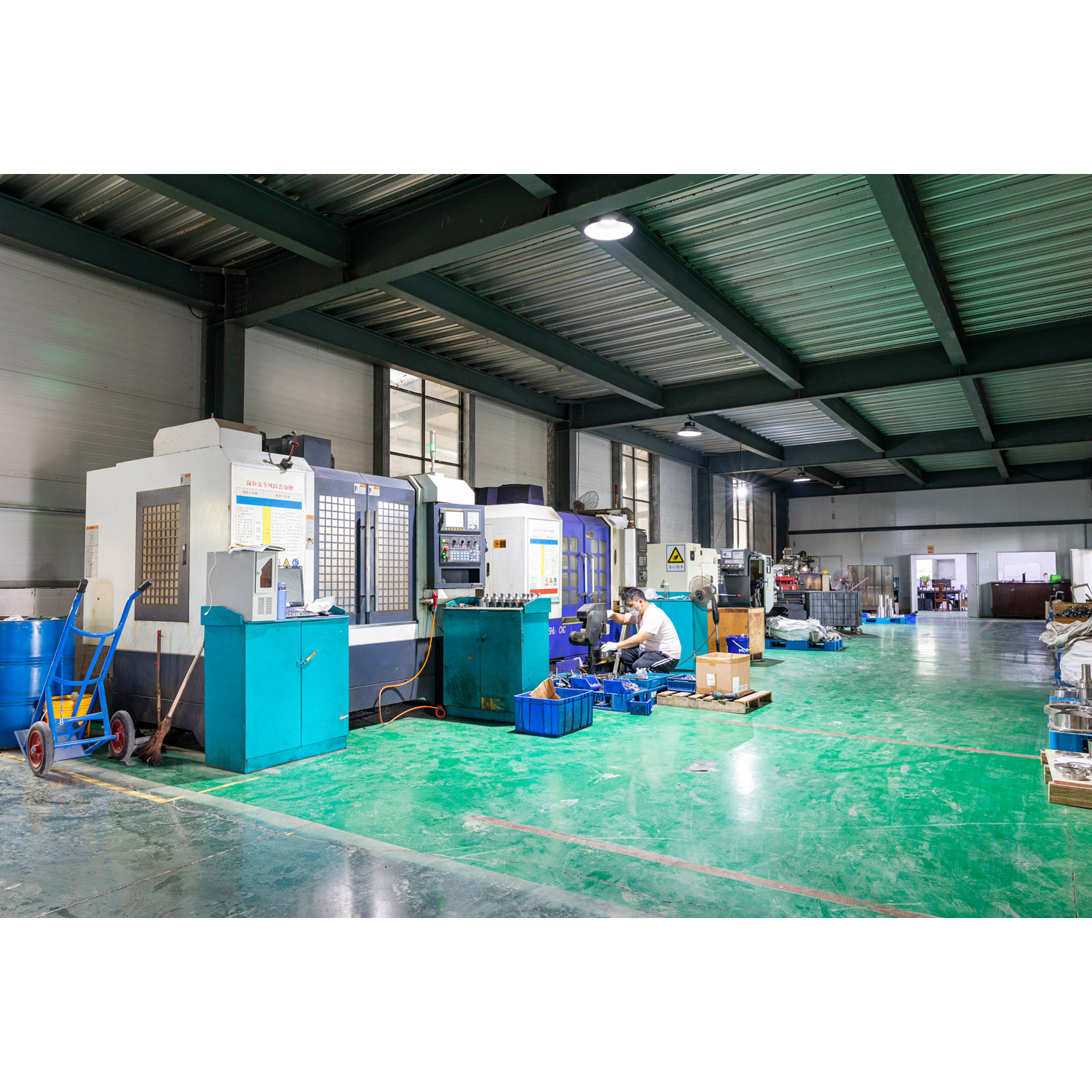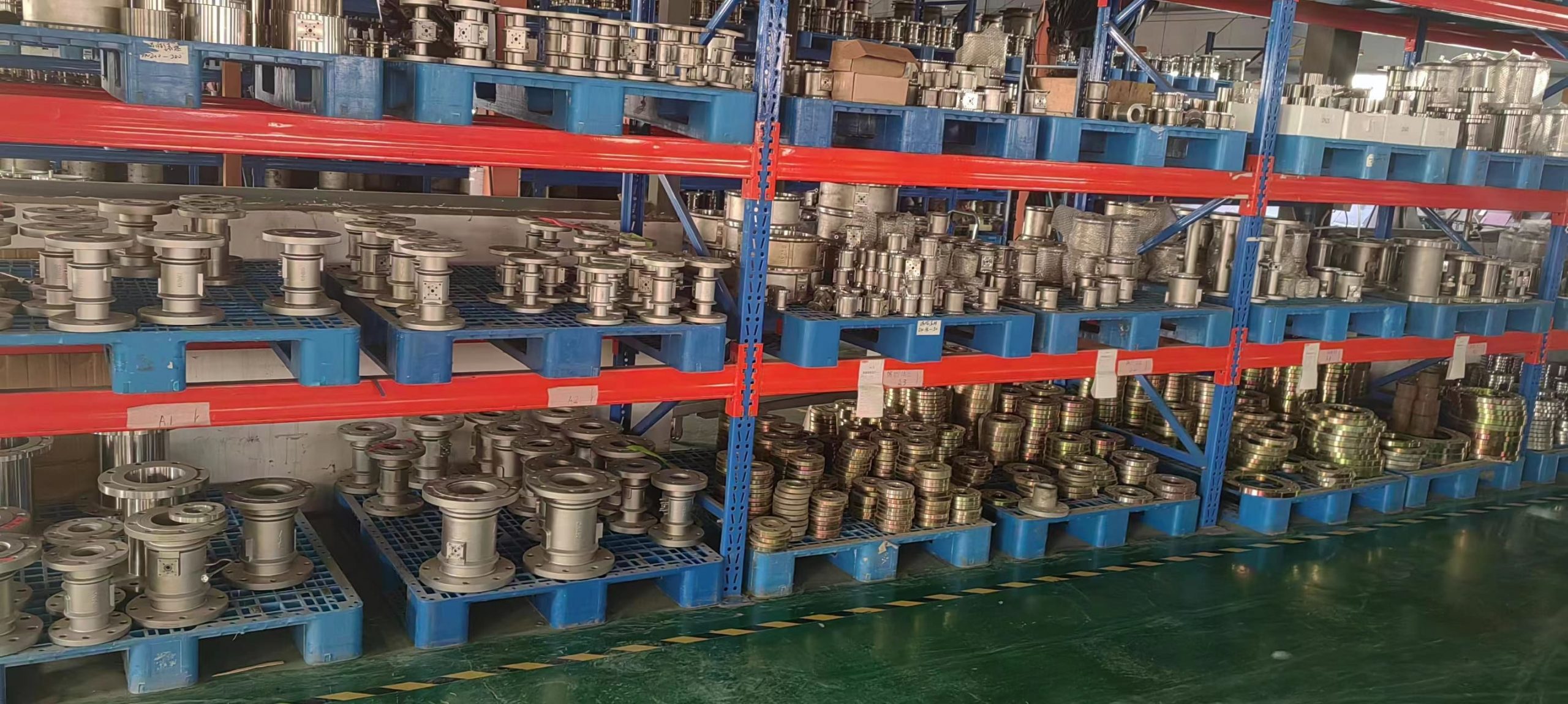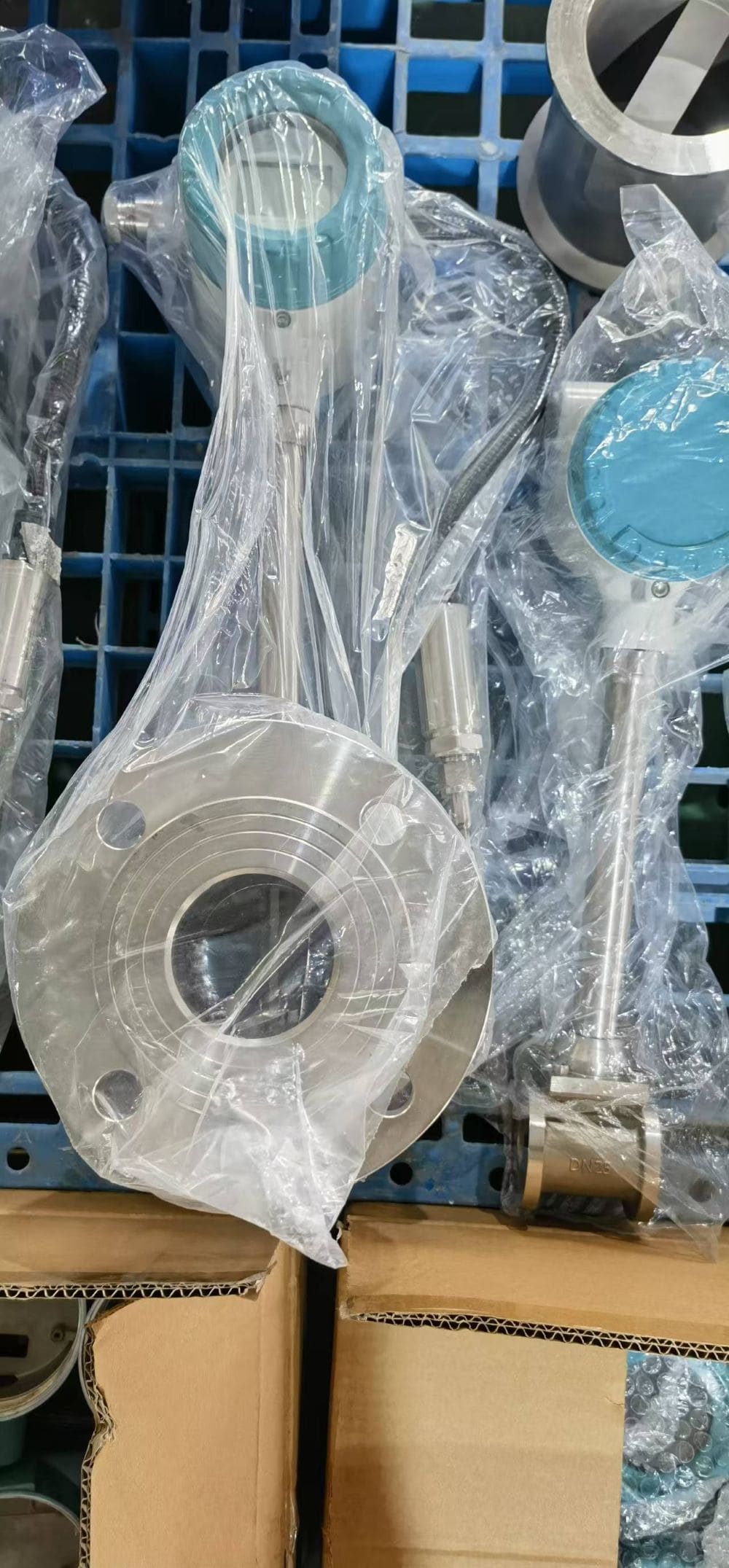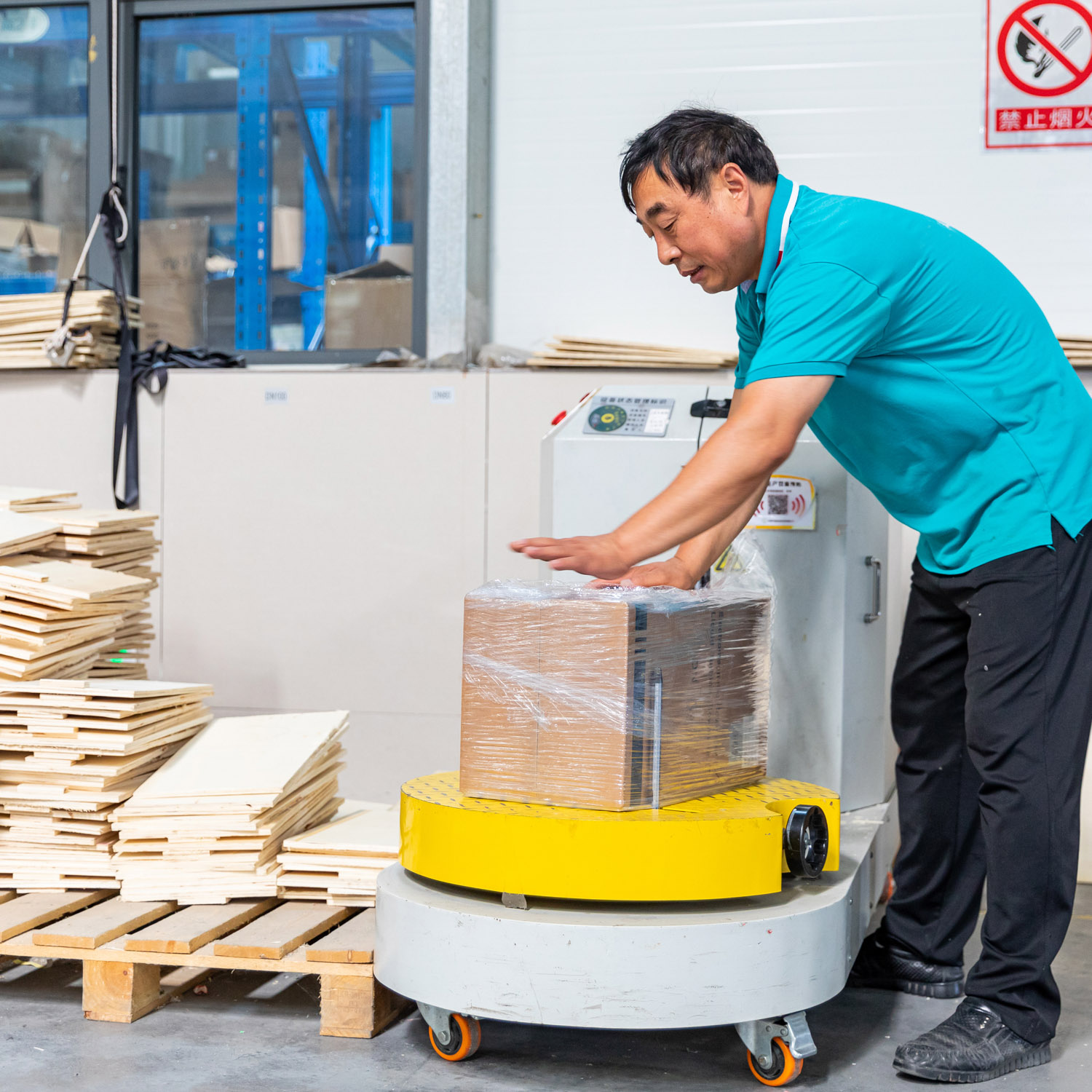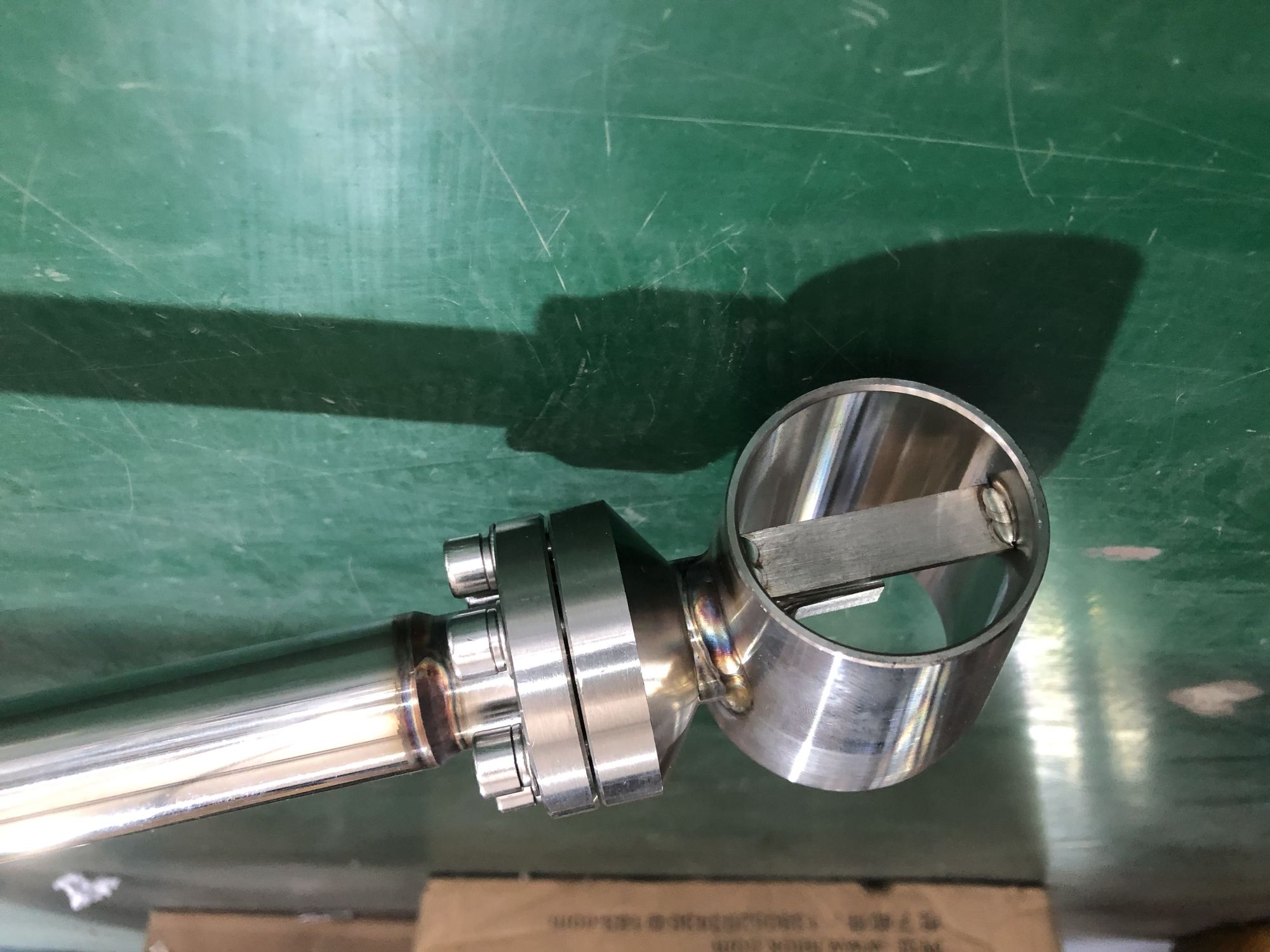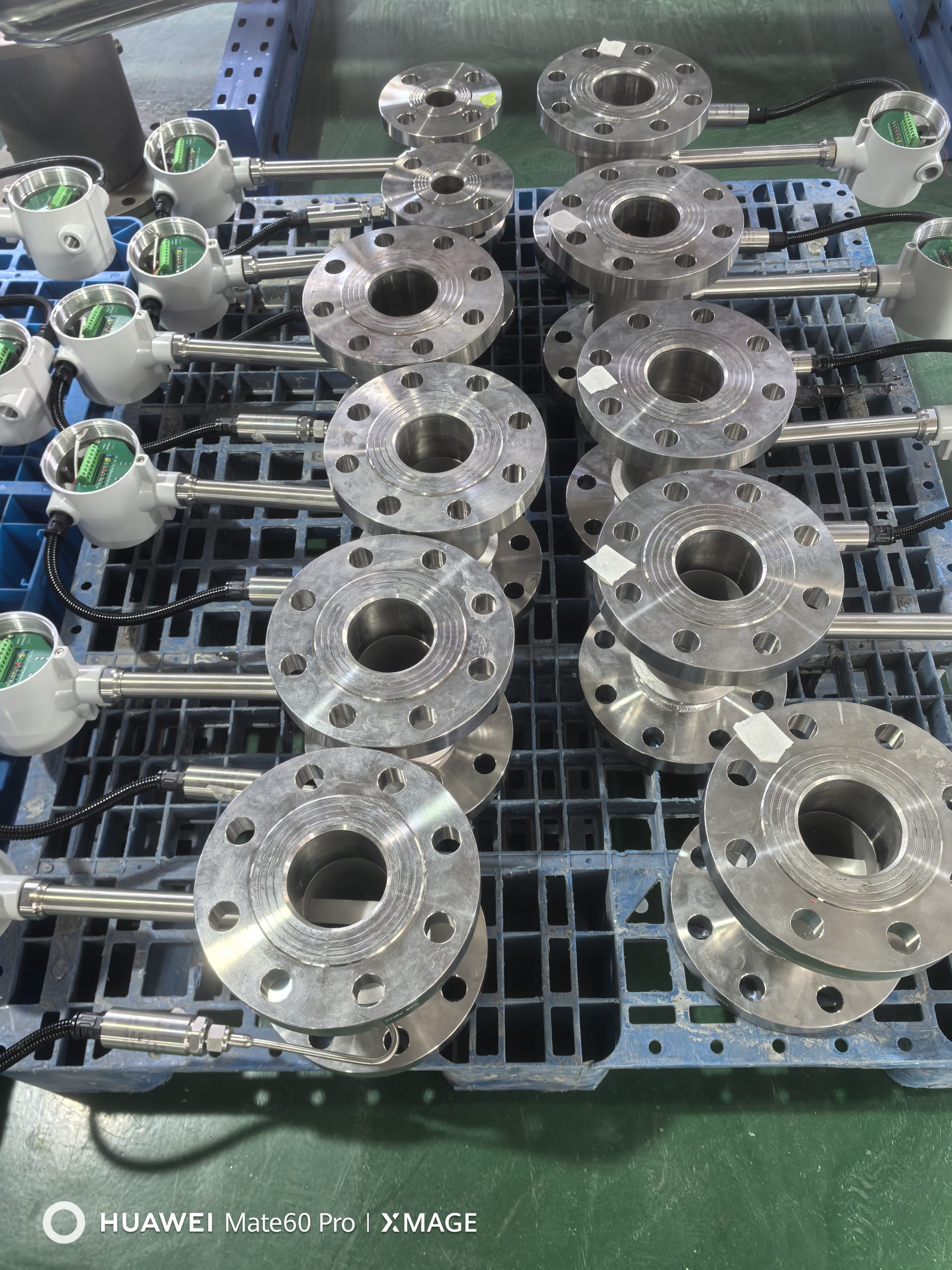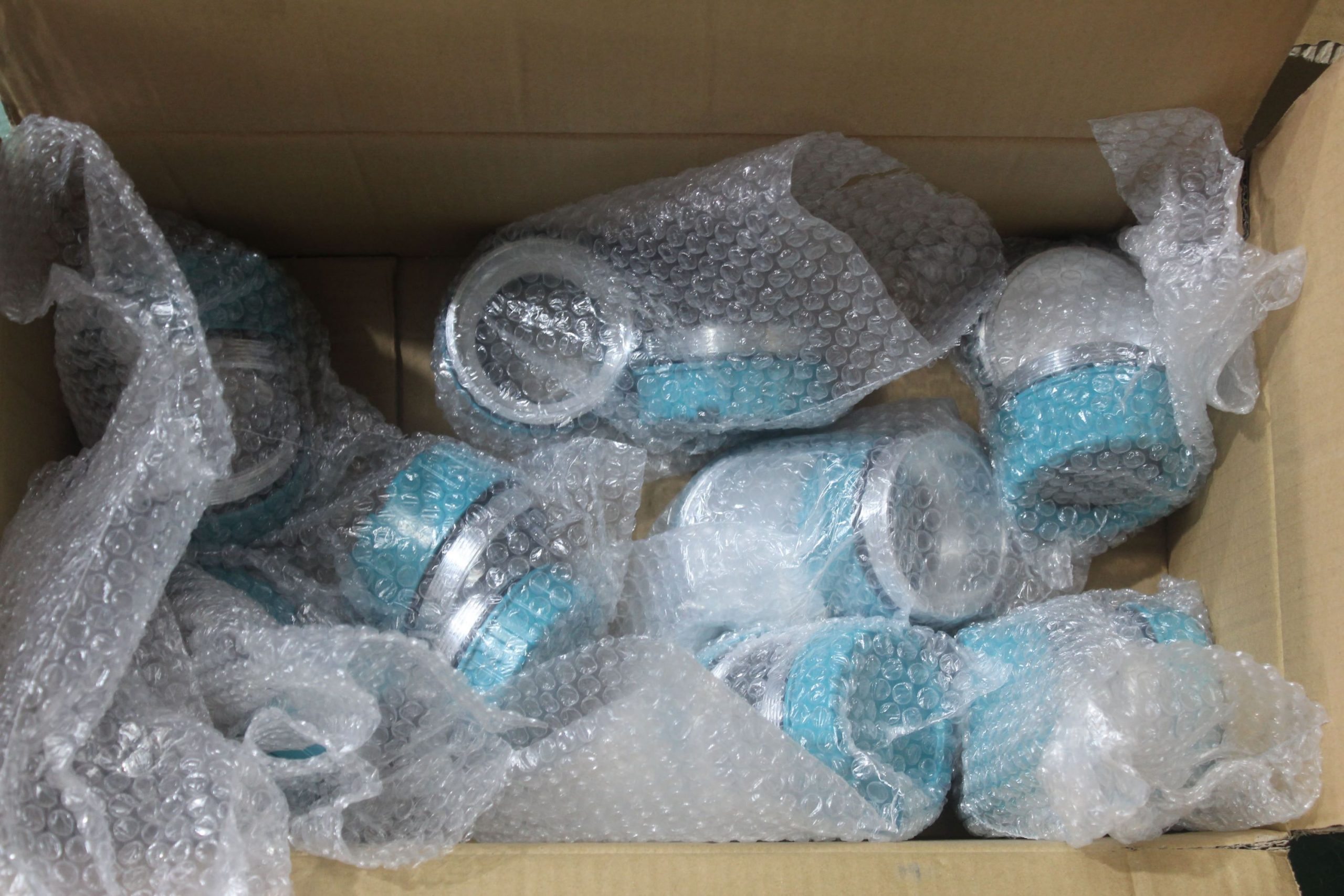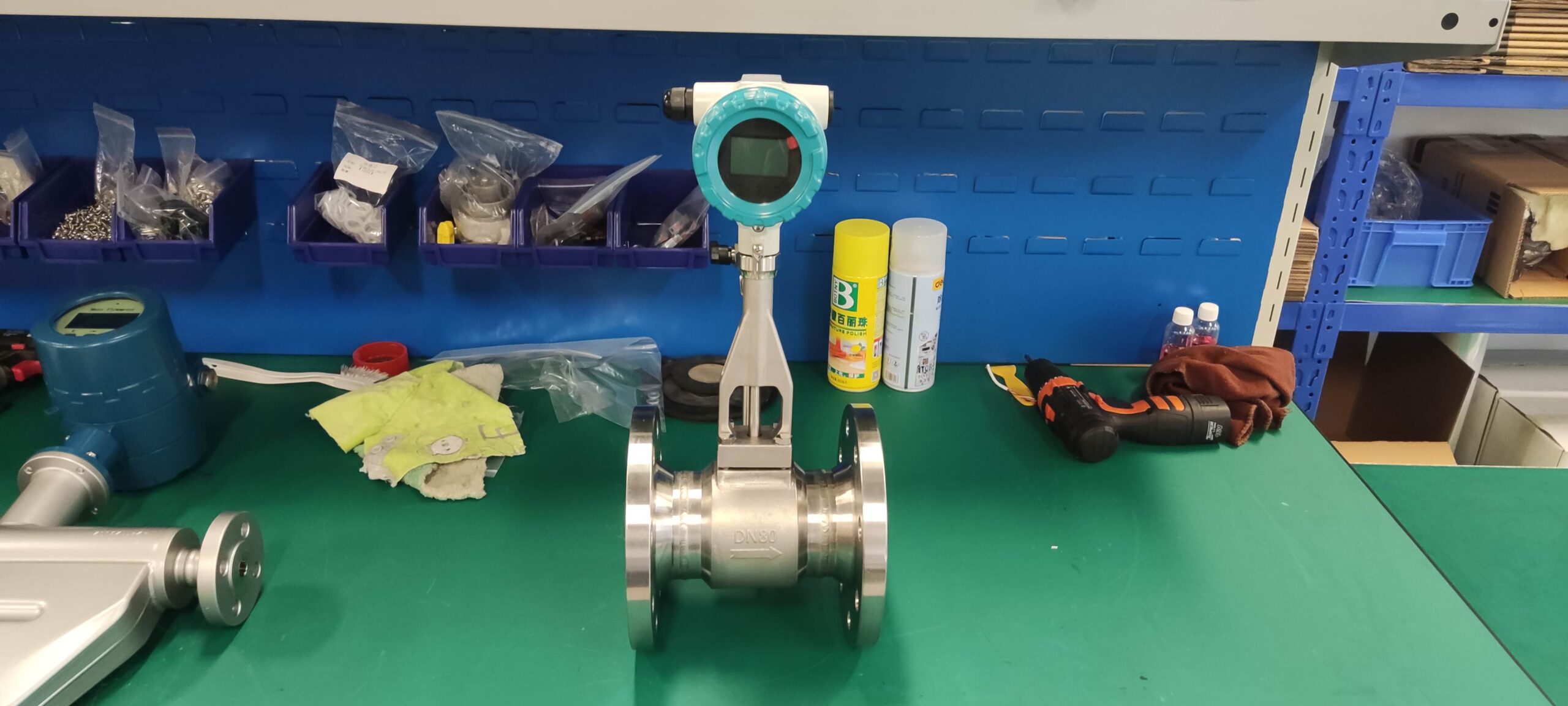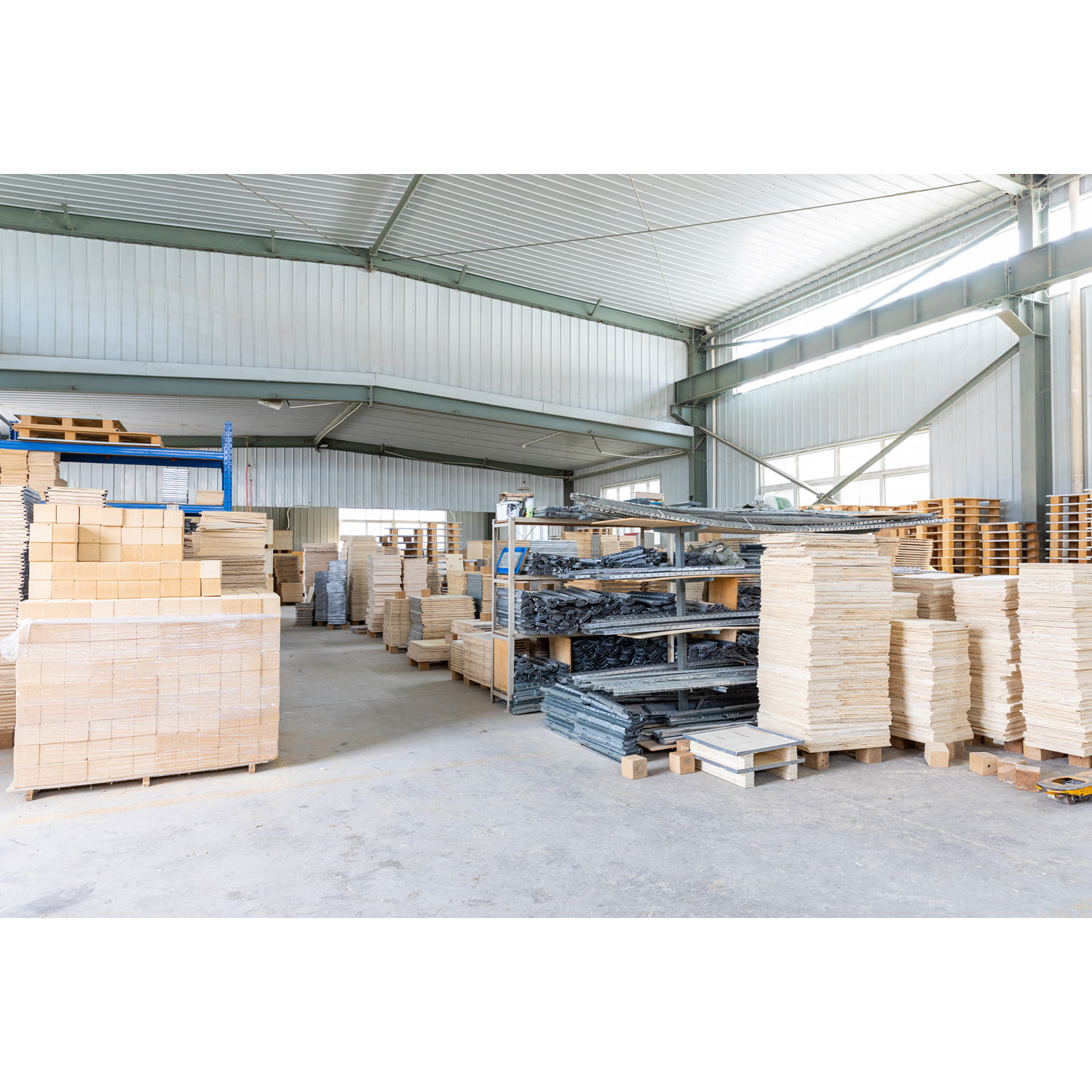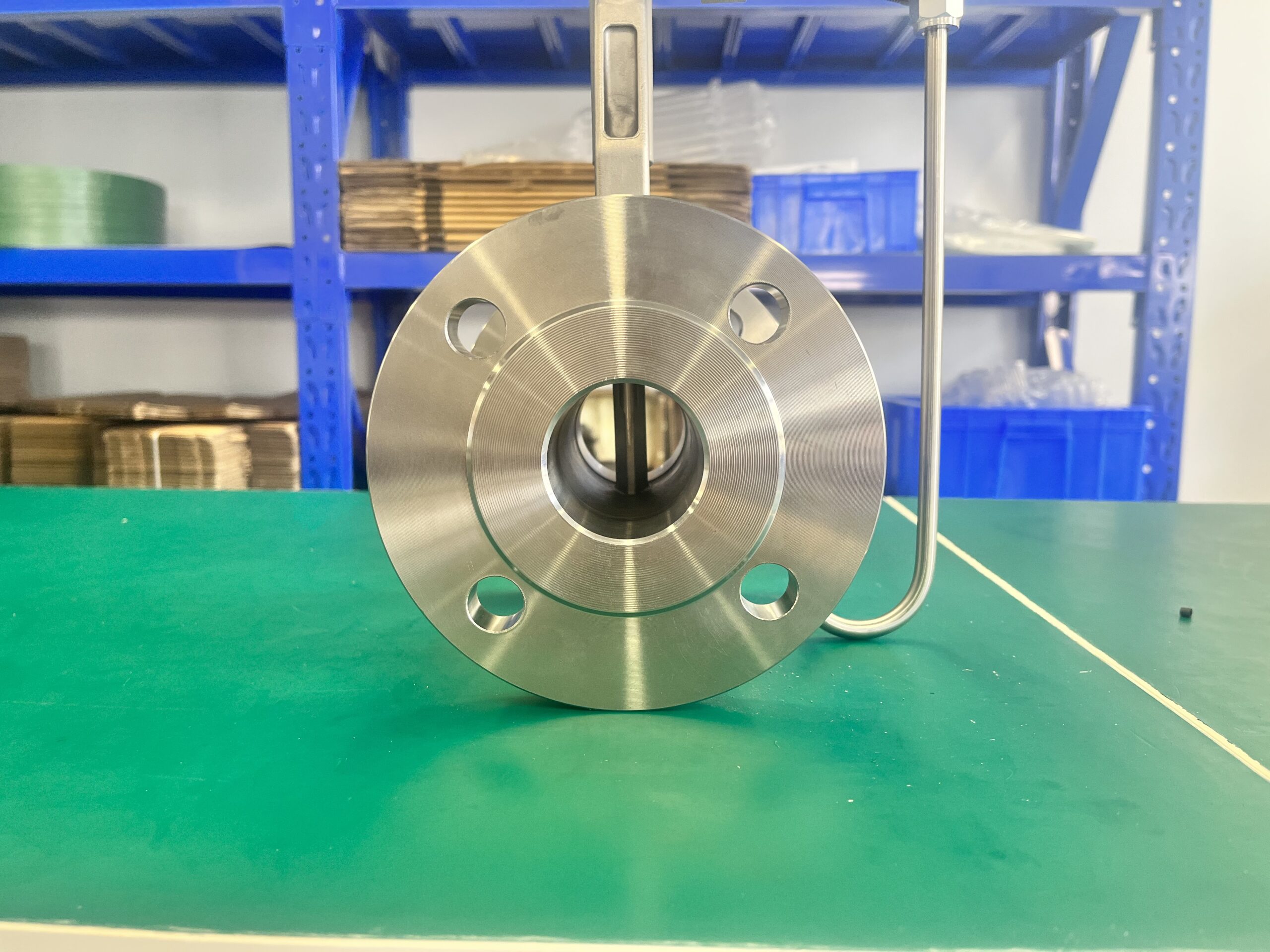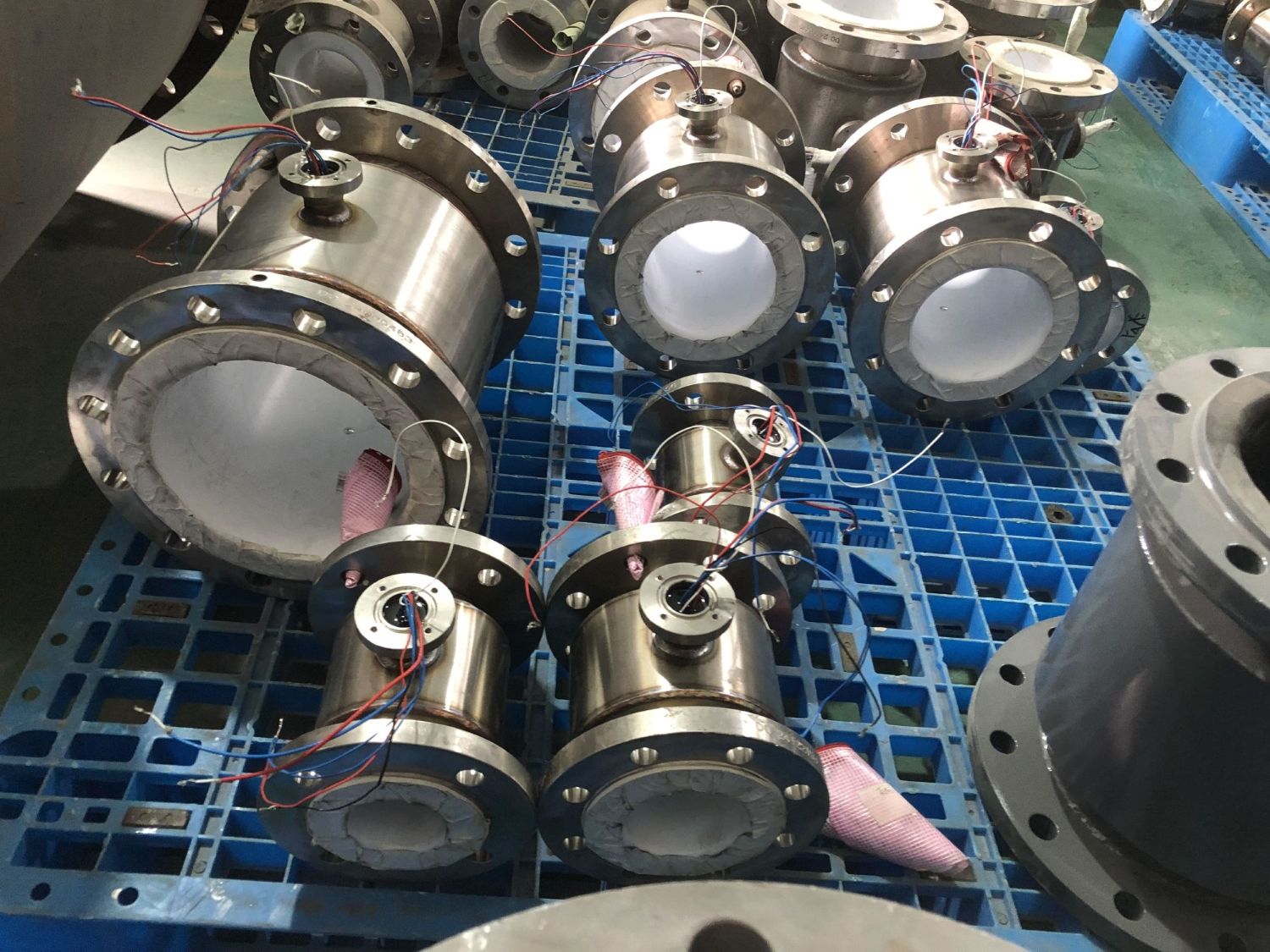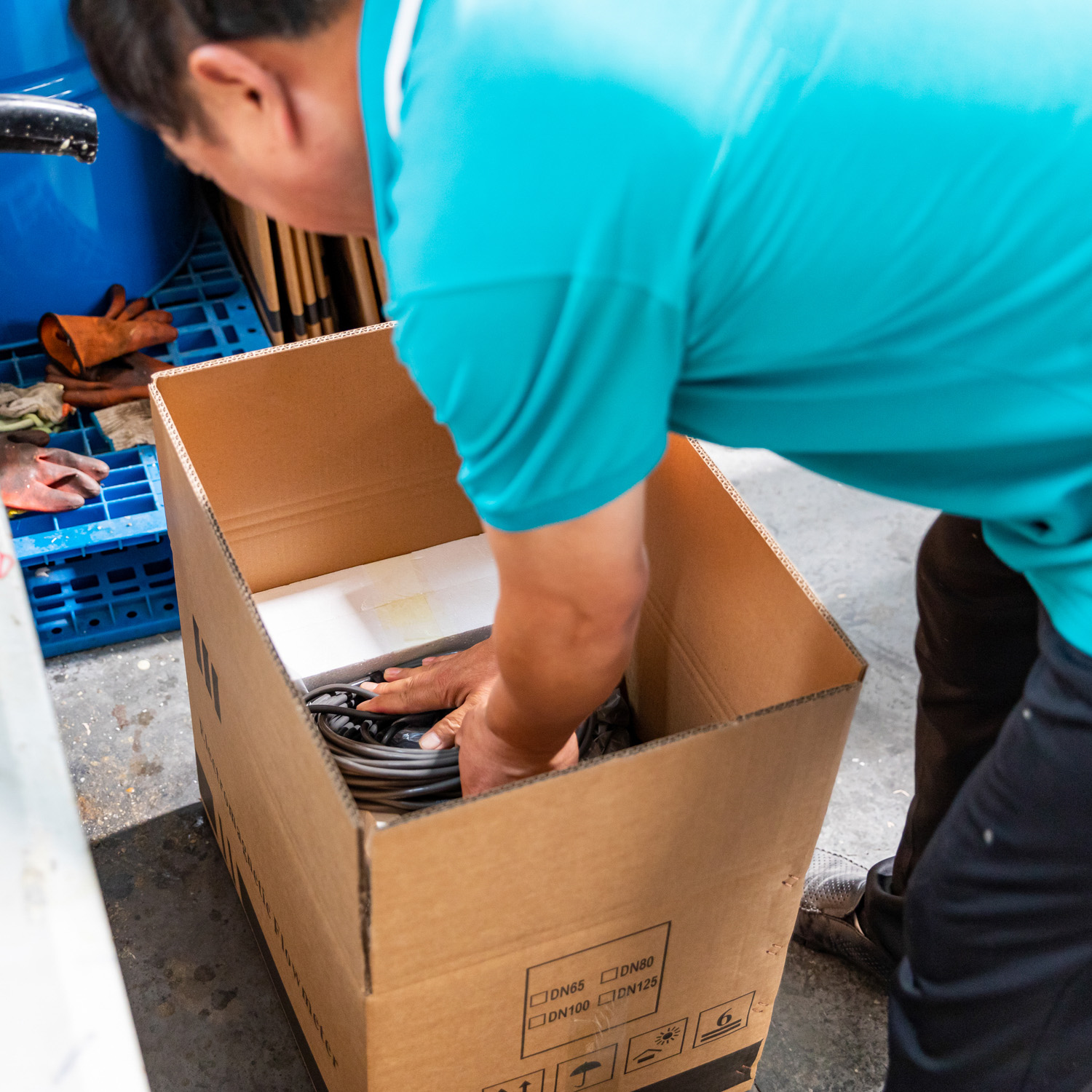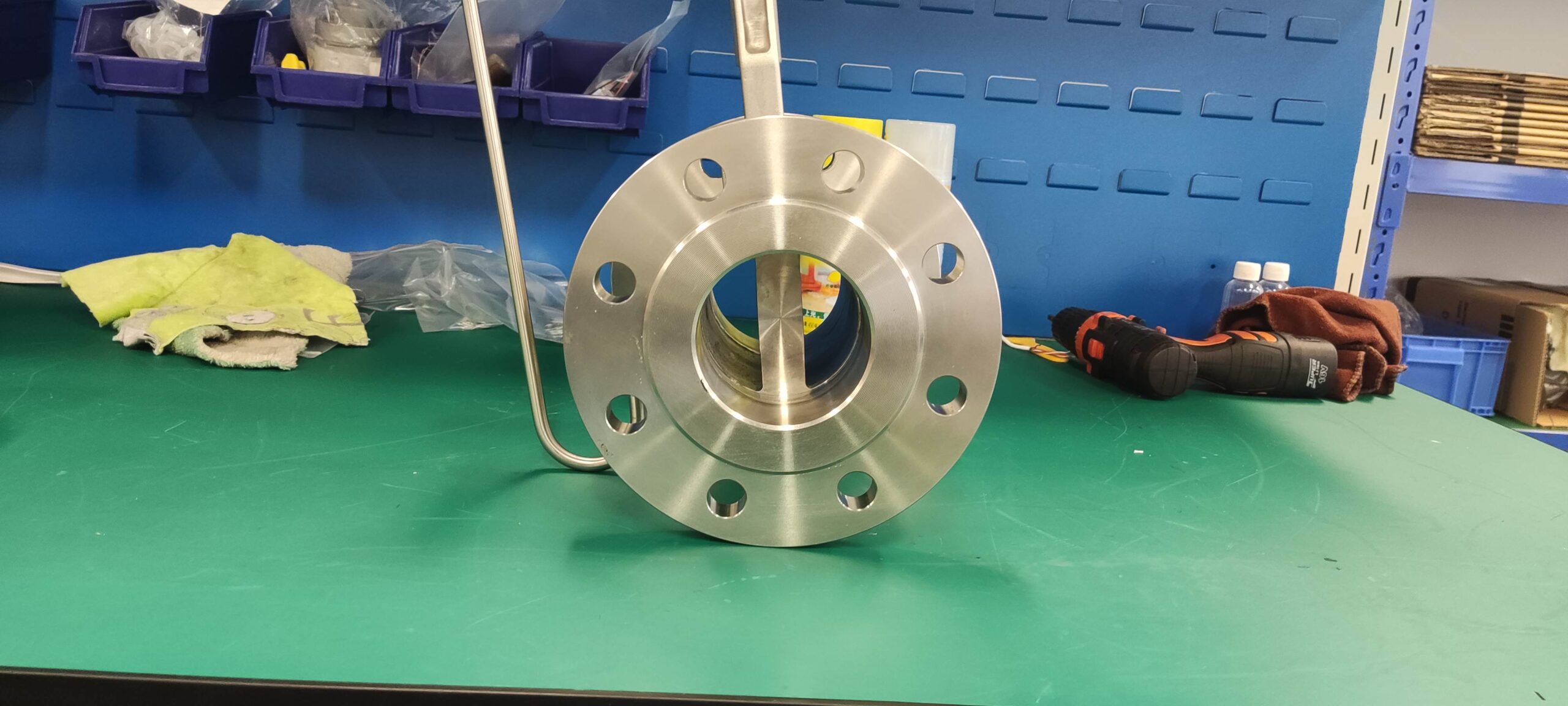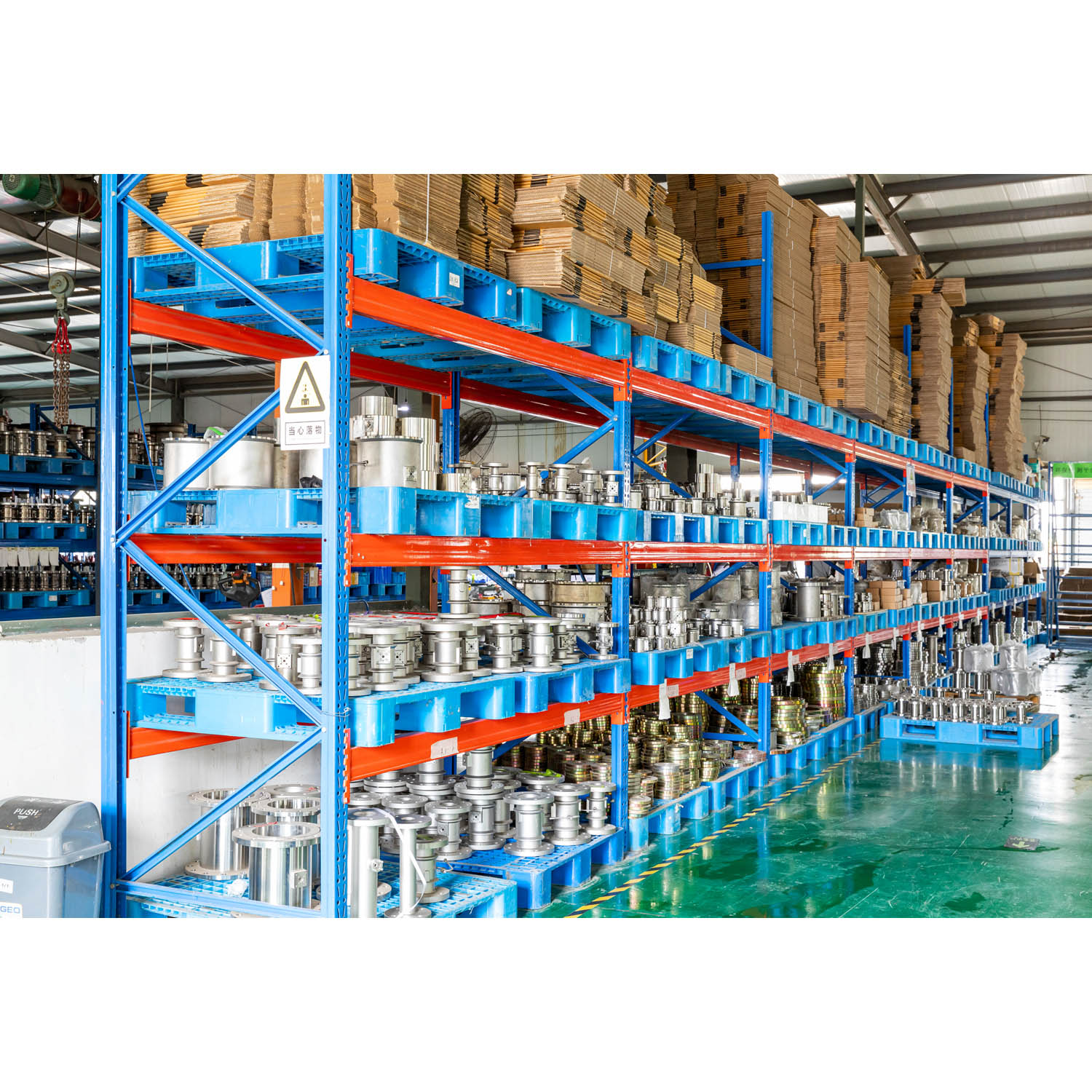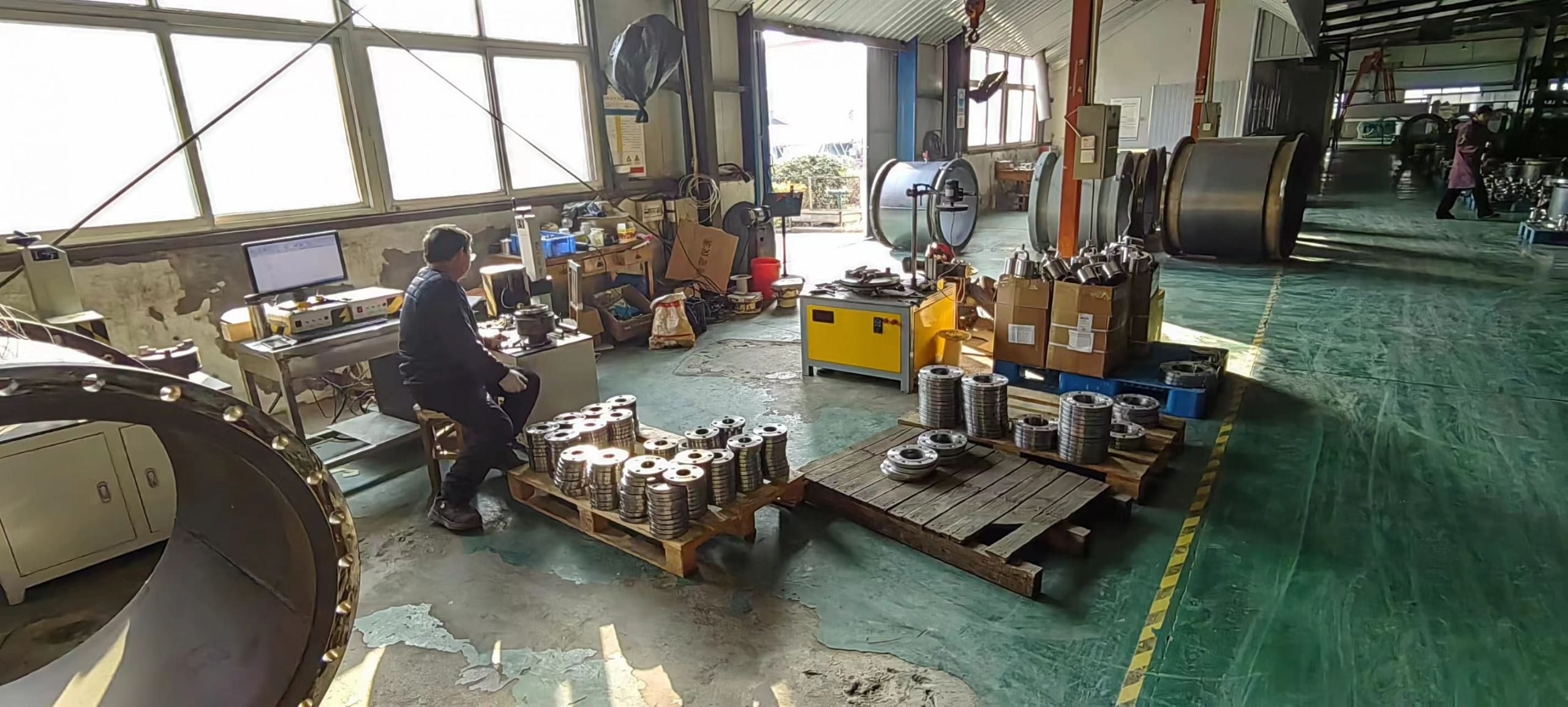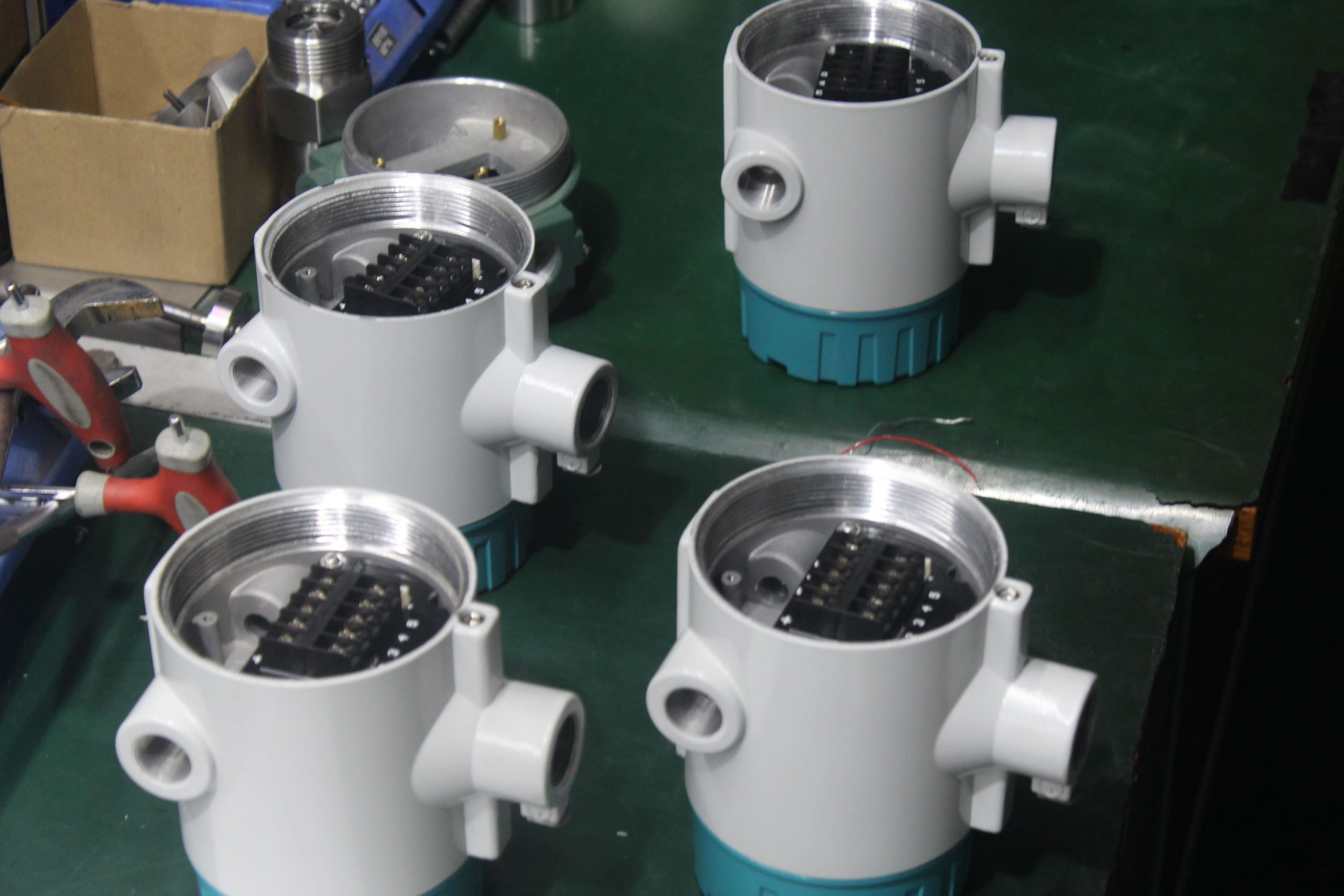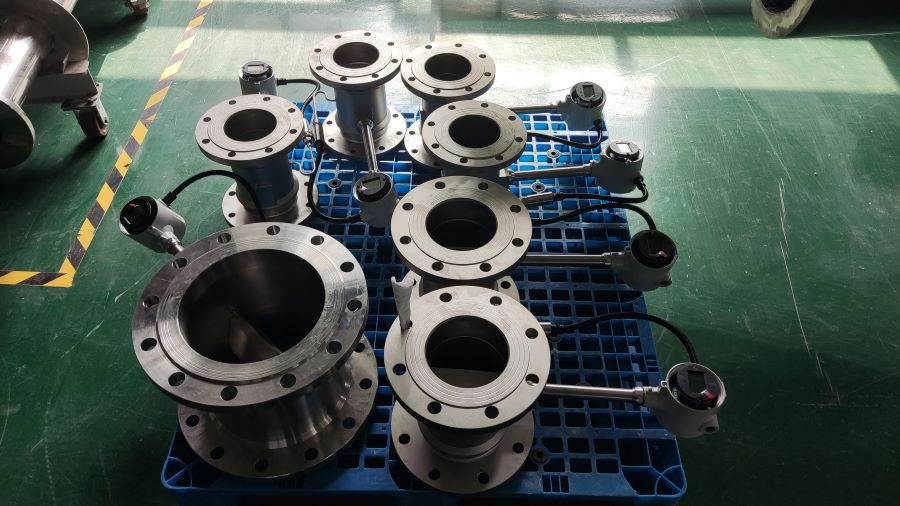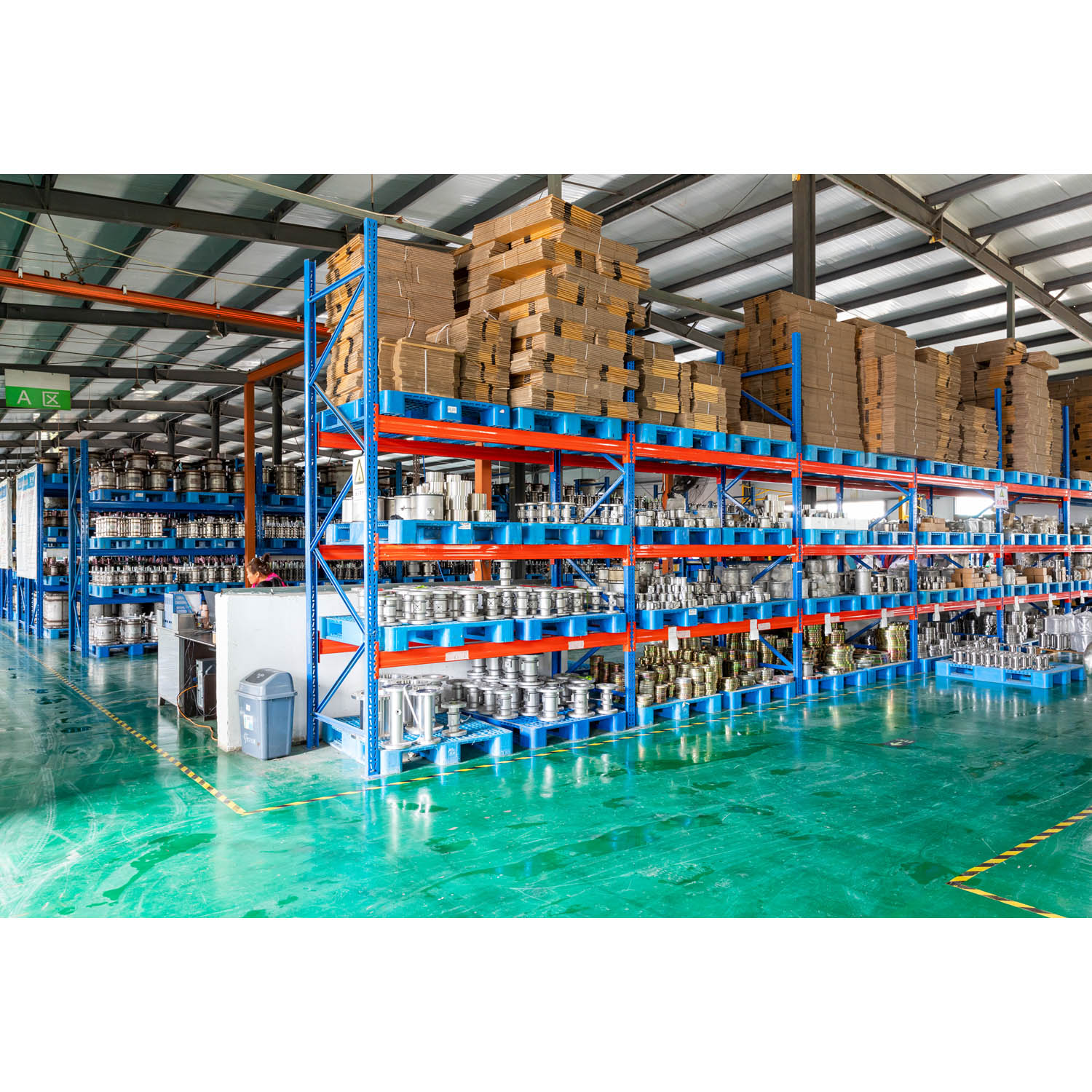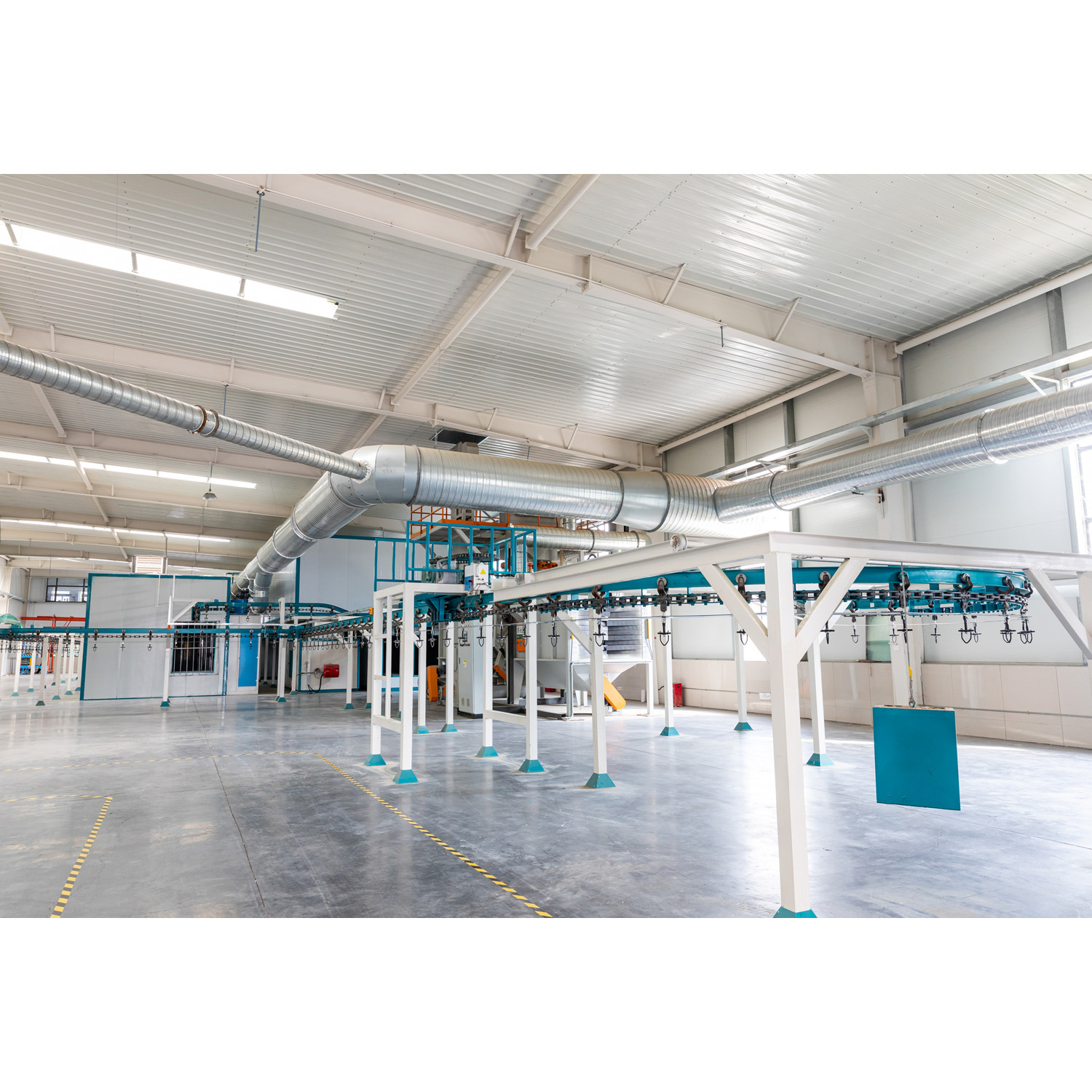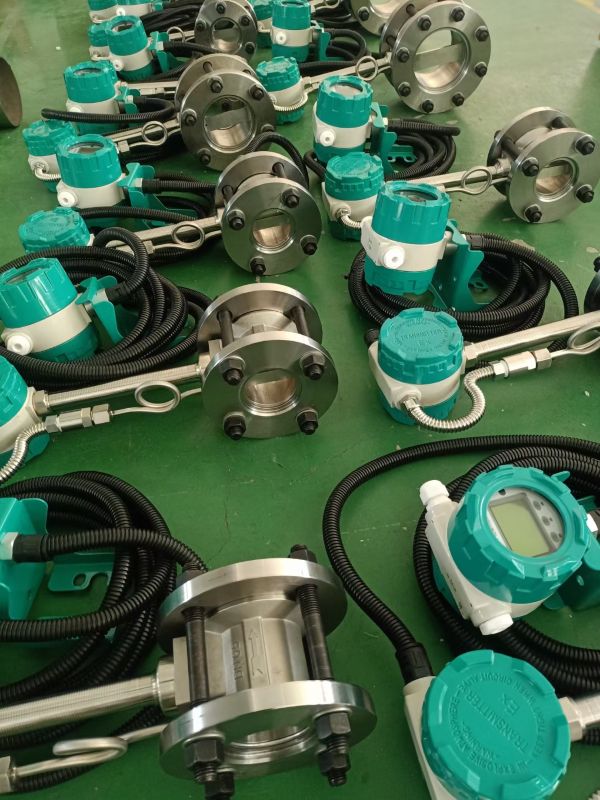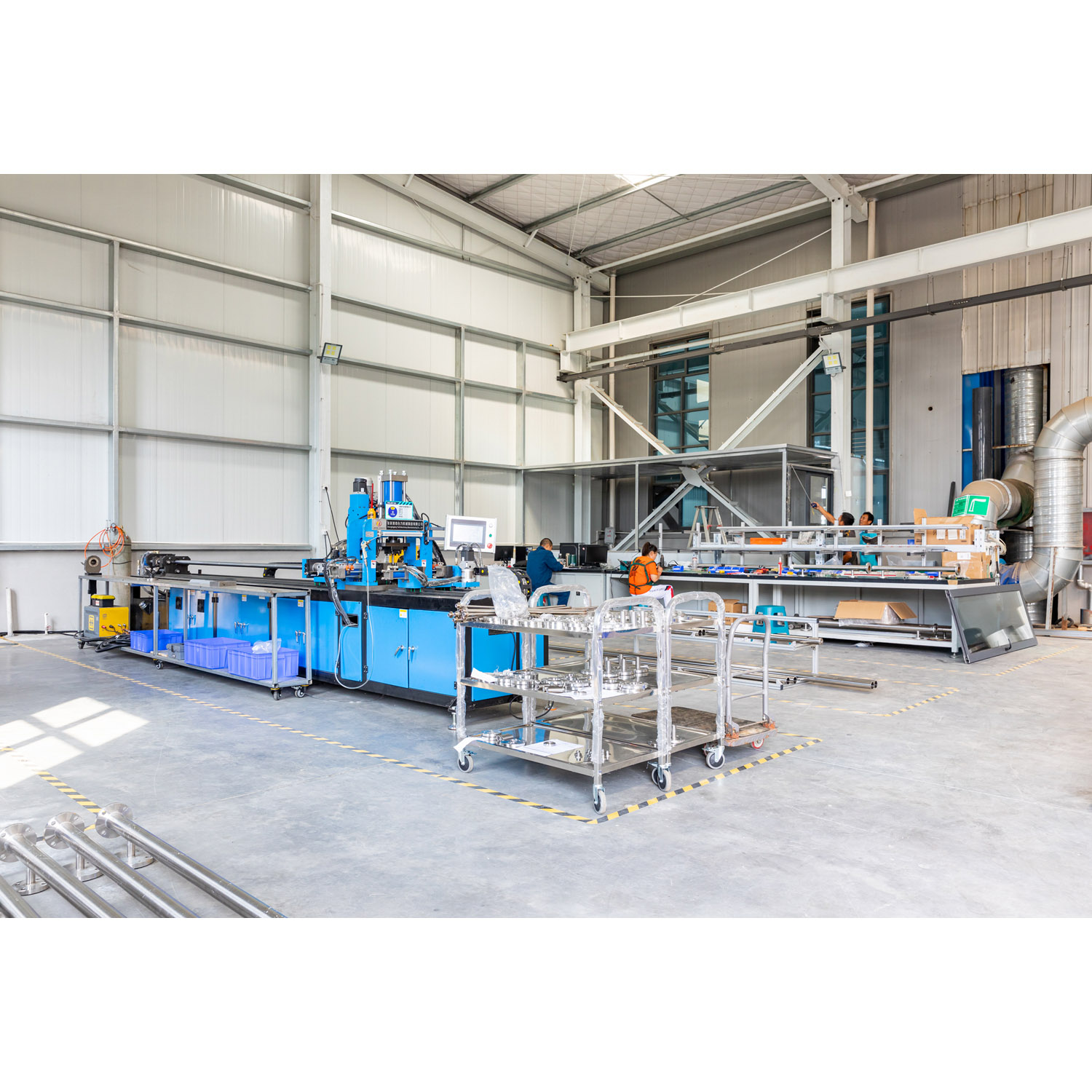A quick troubleshooting method for faults in intelligent vortex flowmeters
Some common problems that may occur in the normal application of intelligent vortex flowmeters
1. The indication is inaccurate for a long time;
2. Never given any instructions;
3. The overall planning indication is not resolute, making it impossible to read the data.
4. The indication does not return to zero;
5. No indication at low flow rates;
6. The indication is acceptable at high flow rates but inaccurate at low flow rates.
7. When the flow rate changes, the indication changes cannot keep up.
8. The K coefficient of the appearance cannot be verified, and the data in many places are inconsistent.
1. Issues regarding model selection. Some vortex sensors may have a larger diameter selection due to changes in process conditions after planning and selection. In practice, the smallest possible diameter should be chosen to improve measurement accuracy. The main reasons for this are related to problems 1, 3, and 6. For instance, a vortex pipeline is planned to be used by several devices. However, due to the fact that the process equipment is sometimes not in use, the current actual flow rate has decreased. As a result, the original planned selected diameter is too large, which is equivalent to exceeding the lower limit of the measurable flow rate. When the flow rate of the process pipeline is small, the indication cannot be guaranteed. When the flow rate is large, it can still be used, but if it needs to be renovated from the beginning, it is sometimes too difficult. The change in process conditions is only temporary. The accuracy of the indication can be improved by combining the de novo tuning of parameters.
2. Issues related to equipment. The main issue is that the length of the straight pipe section in front of the sensor is insufficient, which affects the measurement accuracy. The main reason for this is related to problem 1.
3. Reasons for setting the direction of parameters. Due to parameter errors, the external indication was incorrect. Parameter errors lead to errors in the calculation of the full-scale frequency of the secondary surface. The main reasons for this are related to problems 1 and 3. The similar full-scale frequencies cause the indication to be inaccurate for a long time. The large-scale calculation of the full-scale frequency in practice makes the indication unstable and impossible to read. Moreover, the inconsistency of parameters in the data affects the final recognition of the parameters. The solution is to recalibrate the recognition parameters from the beginning.
4. Secondary surface defects. This part has many defects, including: there are broken wires on the primary surface circuit board, a single bit of the range setting is defective, and a single bit of the K coefficient setting is defective, making it impossible to recognize the range setting and the K coefficient setting. The main reasons for this are related to problems 1 and 3. After modifying the corresponding defects, the problem can be dealt with.
5. Issues with line connection. Some circuits seem to have good wiring connections on the surface. However, upon closer inspection, it is found that some joints are actually loose, causing circuit connection. Some joints, although tightly connected, have the fastening screws tightened on the wire sheath due to secondary wire issues, also resulting in circuit connection. This is mainly related to problem 2.
6. The connection issue between the secondary surface and the subsequent surface. Due to the problems with the subsequent surface or the maintenance of the subsequent surface, the mA output circuit of the secondary surface is disconnected. For this type of secondary surface, this part of the reason is mainly related to problem 2.
7. Due to the defect of the secondary surface flat-axis cable, there has always been no indication in the circuit. Due to long-term operation and the influence of dust, defects in the flat-shaft cable were formed. The problem can be solved by cleaning or replacing the flat-shaft wire.

